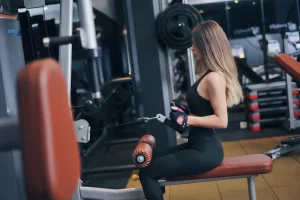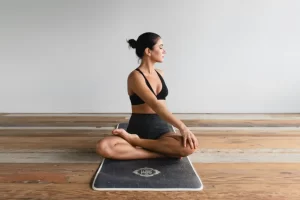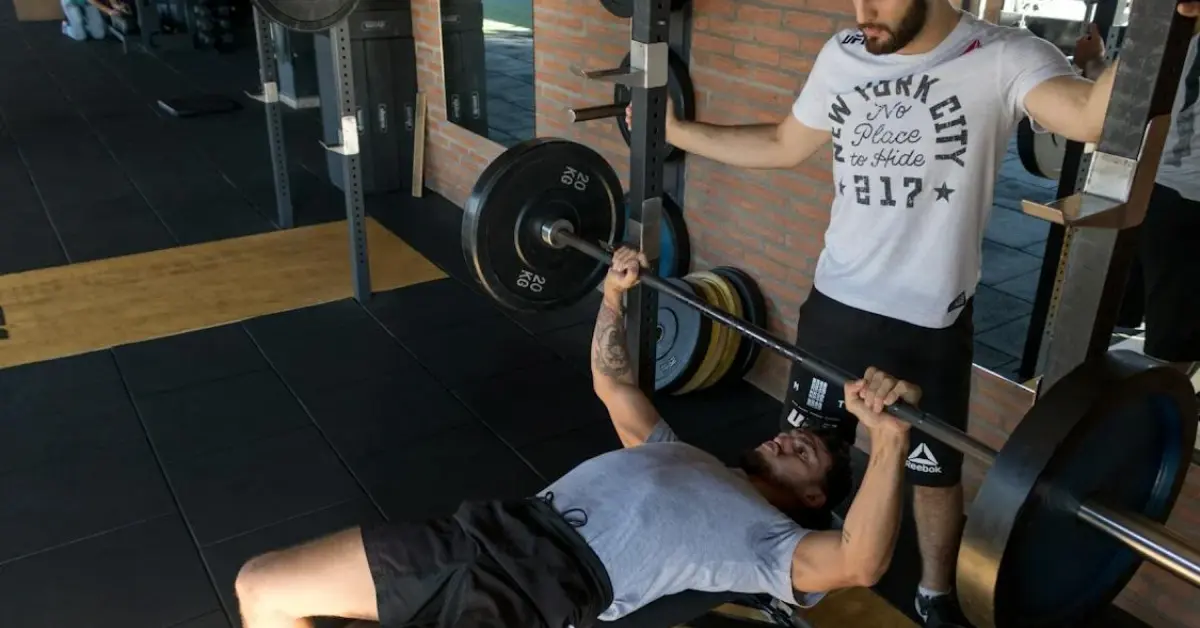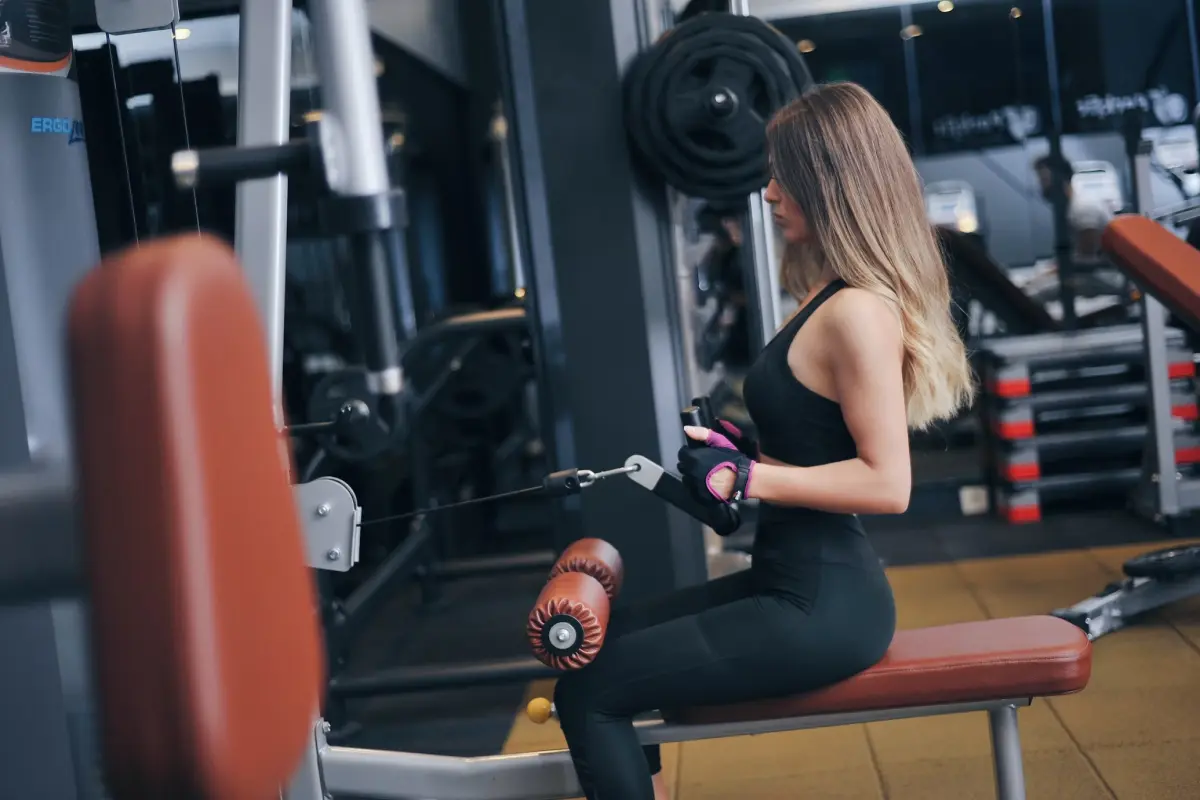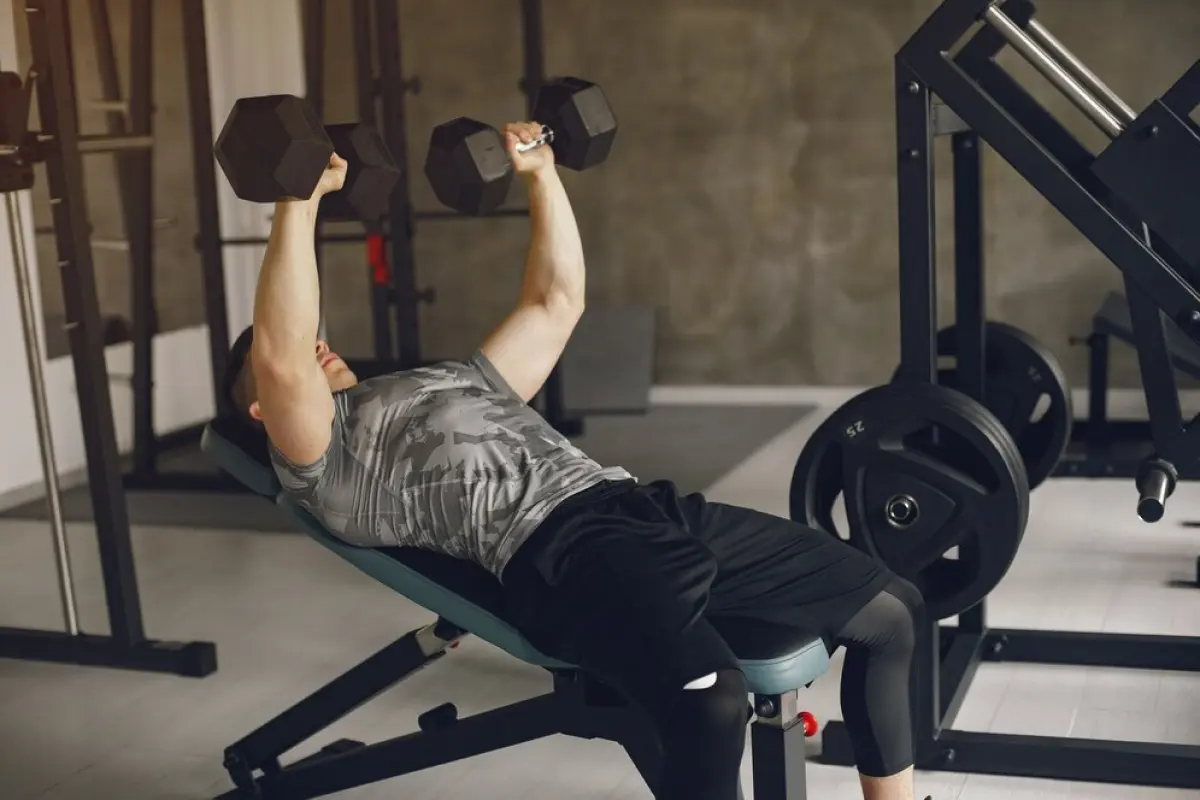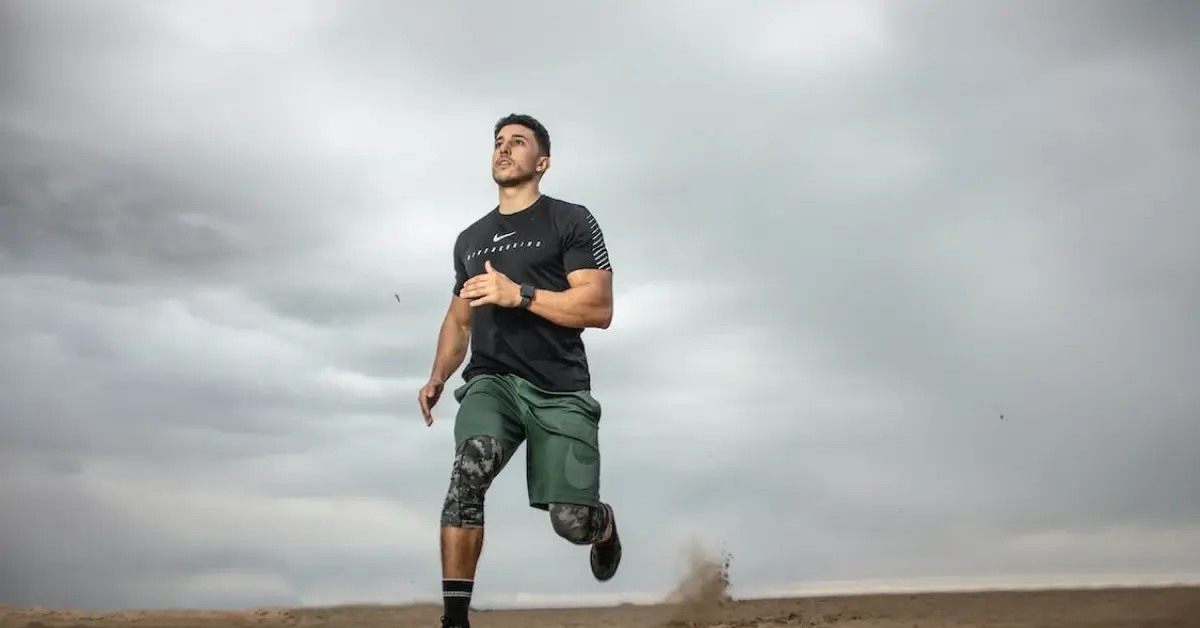For many, stepping into a gym for the first time can be a daunting experience. The array of machines, weights, and equipment can be overwhelming, leaving beginners puzzled about where to start. Understanding the basic gym equipment and how to use it is the first step towards a successful and safe workout routine. This guide is designed to demystify gym equipment for beginners, helping you feel more confident and informed as you embark on your fitness journey.
1. Cardio Machines
Treadmills
Treadmills are one of the most popular pieces of cardio equipment. They are designed for walking, jogging, or running in place. Most treadmills offer adjustable speeds and inclines to vary the intensity of your workout. They are excellent for cardiovascular health, burning calories, and improving endurance.
Elliptical Machines
Elliptical machines provide a low-impact cardiovascular workout, mimicking the motion of running but without the same stress on your joints. They have adjustable resistance levels and some models have movable handles to incorporate an upper body workout.
Stationary Bikes
Stationary bikes are another low-impact option for cardio. They come in various styles, including upright and recumbent, which has a backrest for added support. Cycling is effective for strengthening the legs, hips, and buttocks while also improving heart health.
Rowing Machines
Rowing machines offer a full-body workout, targeting both your upper and lower body while being gentle on the joints. They are excellent for improving cardiovascular fitness and building muscle strength.
2. Strength Training Equipment
Free Weights
Dumbbells
Dumbbells are versatile and can be used for a wide range of exercises targeting different muscle groups. They are excellent for strength training, improving muscular endurance, and promoting muscle growth.
Barbells
Barbells allow for heavier lifting than dumbbells and are commonly used for exercises like squats, deadlifts, and bench presses. They are essential for building strength and muscle mass.
Kettlebells
Kettlebells are ball-shaped weights with a single handle. They are used for dynamic movements that can improve strength, flexibility, and cardiovascular health.
Weight Machines
Weight machines are designed to target specific muscle groups while guiding your movement to ensure proper form. They are particularly useful for beginners who are learning the ropes of strength training.
Leg Press Machine
The leg press machine targets the quadriceps, hamstrings, and glutes. It allows for heavy leg lifting without the risk of dropping weights on yourself.
Chest Press Machine
The chest press machine focuses on the pectoral muscles, triceps, and shoulders. It is a safer alternative to the bench press, especially for beginners.
Lat Pulldown Machine
The lat pulldown machine works the muscles in your back. It’s a great starting point for building upper body strength before moving on to more challenging free weight exercises.
3. Functional Training Equipment
Stability Balls
Stability balls are used for various exercises to improve balance, core strength, and flexibility. They can make exercises more challenging by engaging more muscles to maintain balance.
Medicine Balls
Medicine balls are weighted balls used for strength and power training. They can be thrown, caught, and used for a wide range of exercises to improve athletic performance.
Resistance Bands
Resistance bands are versatile tools for adding resistance to exercises, targeting muscle groups with more control over the tension. They are excellent for strength training, stretching, and rehabilitation.
4. Safety and Hygiene
Using Equipment Safely
- Always read the instructions before using a machine for the first time.
- Start with lighter weights to master the correct form before moving on to heavier weights.
- Use safety clips and spotter assistance when necessary.
- Listen to your body and stop if you feel pain.
Hygiene
- Wipe down machines and equipment with disinfectant before and after use.
- Use a towel to avoid direct contact with benches.
- Wear clean gym shoes to reduce the spread of germs.
5. Creating a Balanced Workout Routine
A balanced workout routine includes a mix of cardio, strength training, and flexibility exercises. Beginners should start slow, focusing on learning the correct form and gradually increasing intensity. It’s also crucial to include rest days in your routine to allow your muscles to recover.
Conclusion
Understanding gym equipment is the first step towards a successful fitness journey. By familiarizing yourself with the basics outlined in this guide, you can navigate the gym with confidence. Remember, the key to progress is consistency, proper form, and gradually increasing the intensity of your workouts. Don’t hesitate to ask gym staff for help or consider hiring a personal trainer to get personalized advice tailored to your fitness goals. Happy lifting, and here’s to your health and fitness journey!


